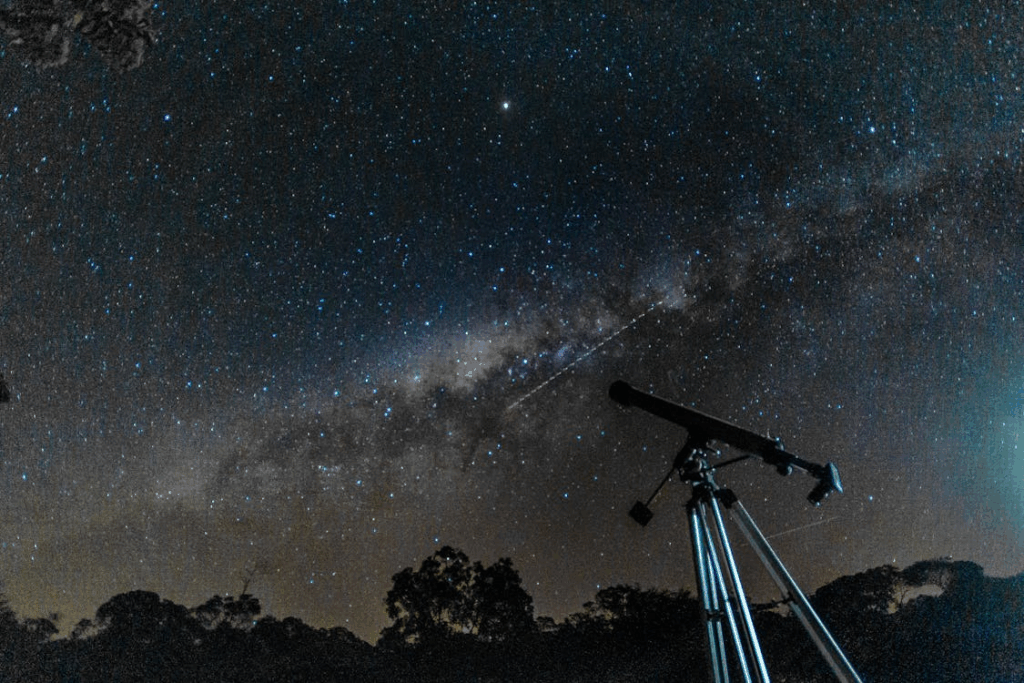Every year, billions of birds embark on epic journeys across continents, some flying thousands of miles to the same nesting sites, year after year. Without maps or GPS, they navigate with astonishing precision.
The secret behind how birds navigate migration lies in a remarkable suite of biological tools, including an internal compass, celestial cues, and even magnetic sensors embedded in their bodies. Bird migration is one of nature’s most outstanding navigational achievements, blending instinct, physics, and evolution.
Built-In Compasses: Reading Earth’s Magnetic Field
One of the most fascinating discoveries in modern biology is that birds can sense the Earth’s magnetic field, a phenomenon known as magnetoreception. This ability helps them determine both direction and position, even when visual landmarks are unavailable.
Scientists believe two systems work together:
- Cryptochrome molecules in the eyes respond to Earth’s magnetic field, allowing birds to see magnetic lines as visual patterns or colors.
- Tiny crystals of magnetite, a magnetic mineral found in a bird’s beak or brain tissue, act as compasses that detect magnetic field strength and polarity.
Together, these biological sensors enable birds to orient themselves north to south and gauge their approximate location, much like carrying a built-in compass and altimeter.
Read Why GPS Gets Confused in Cities to compare signal limits with natural compasses.
Navigating by the Sun, Stars, and Landmarks
Magnetism isn’t the only tool in a bird’s navigation kit. Birds also use celestial navigation, reading the position of the Sun by day and the stars by night. Experiments with migratory songbirds in planetariums demonstrate that when star patterns are artificially shifted, the birds adjust their flight direction accordingly.
During daytime migration, birds use the Sun’s movement combined with an internal circadian clock to correct for time of day, compensating for the Sun’s changing position. This synchronization enables them to maintain a straight course over thousands of miles.
For shorter or familiar routes, birds rely on landmarks, such as mountain ranges, rivers, coastlines, and even human-made structures like highways. Their visual memory is astonishingly detailed. For example, homing pigeons can remember and navigate complex urban layouts.
Check out Why We Can See the Moon During the Day for easy context on celestial cues.
Following Smells and Sounds
Some species also use olfactory and auditory cues to guide migration. Seabirds, such as petrels and shearwaters, can detect the scent of ocean plankton carried by wind currents, which helps them locate feeding areas and landmasses hidden by fog.
Inland species, such as cranes and geese, may utilize infrasound, low-frequency vibrations generated by the interaction of waves or wind with mountains, to orient themselves during long flights. These inaudible “sound maps” provide directional guidance even when visual or magnetic cues are weak.
The Role of Learning and Genetics
Migration isn’t purely instinctive; it’s partly learned. Juvenile birds often follow experienced adults on their first journey, memorizing routes and landmarks. Once learned, the knowledge is stored in long-term spatial memory, allowing them to repeat the trip independently the following year.
However, genetics still plays a significant role. Even birds raised in isolation show an innate sense of migratory direction and timing, known as zugunruhe (German for “migratory restlessness”). This instinct drives them to move in the right direction at the right time, guided by internal biological clocks synchronized with daylight cycles.
To connect scent cues with navigation, understand How Smells Trigger Our Strongest Memories.
Precision Across Generations
Migration’s most astonishing trait is its precision across generations. Arctic terns fly from pole to pole, a 25,000-mile loop. Monarch butterflies and bar-tailed godwits complete multi-stage journeys where no single traveler covers the whole route. Yet the path endures, season after season. Why? Species inherit navigation systems and then refine them through experience.
Instinct sets the compass. Learning tunes the map. Together, they form an evolutionary ledger, knowledge passed from adults to young through genes, memory, and repeated behavior.
For some quick science tidbits, learn Why the Sky Isn’t Actually Blue.
The Sky’s Greatest Navigators
Bird migration is one of nature’s most extraordinary feats. Birds navigate with magnetism, memory, starlight, and instinct. We consult satellites and apps; they read the planet itself. For millions of years, they’ve crossed oceans and deserts with astonishing accuracy, guided by forces we’re still learning to map.
Watch a V of geese carve the sky. Each wingbeat follows an ancient route. A living compass turns above you, charting skyways that link hemispheres, seasons, and generations. Across continents again and again.




